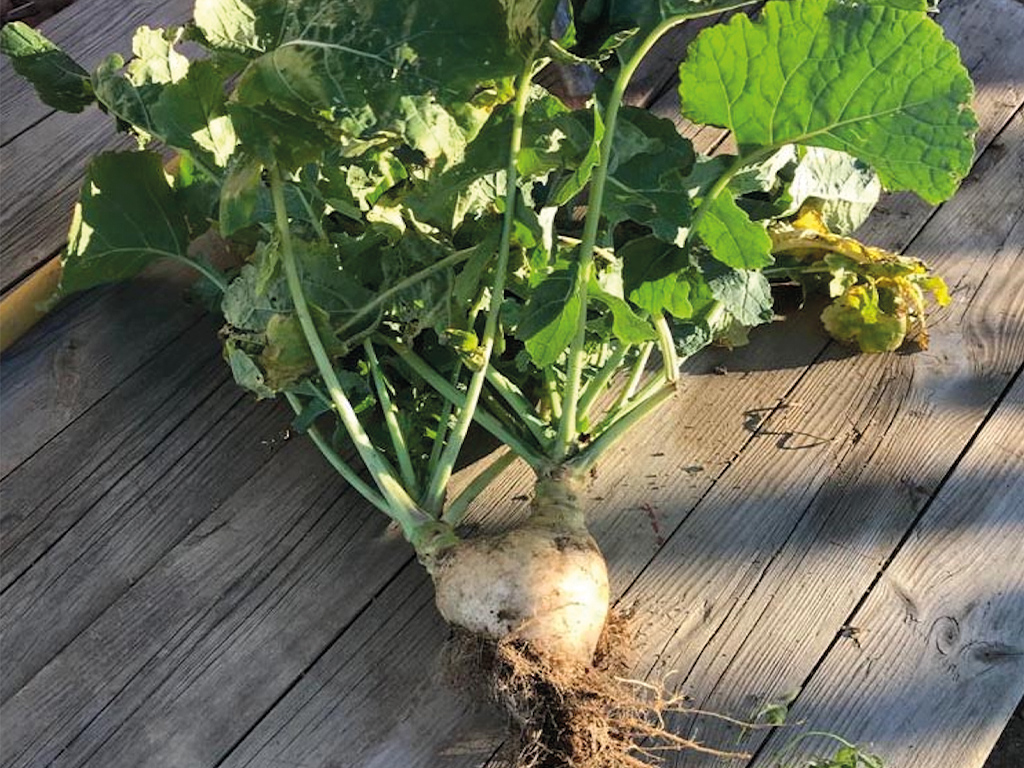Grazie alla sua posizione strategica nel Mar Tirreno, Capraia è un vero e proprio scrigno di storia. Oltre ai reperti sommersi, l’isola custodisce importanti testimonianze a terra: anfore prodotte nella Gallia imperiale, usate per trasportare vino e garum (la salsa di pesce amata dai Romani), raccontano la storia di un’isola che fu crocevia di rotte marittime fin dalla tarda Repubblica e dal primo Impero. Prima ancora di diventare un insediamento stabile, l’isola offriva un rifugio sicuro alle navi in transito. Di particolare rilievo è la tomba di un guerriero rinvenuta nel 1988, che conteneva una fibula in bronzo dorato con almandini, una spada di ferro e altri oggetti, probabilmente appartenuti a un franco morto durante la battaglia tra l’esercito di Avito e quello imperiale. Nel Medioevo, Capraia fu contesa da varie potenze marittime e rifugio di pirati. Più recentemente, ha ospitato una colonia penale, ora dismessa. Oggi l’isola è nota anche per le sue eccellenze locali: pesce fresco, formaggi, vino, prodotti agricoli e artigianato tipico.
The Island of Capraia, with its thousand-year history and strategic position in the Tyrrhenian Sea, is a veritable treasure trove of archaeological gems. In addition to underwater remains, important evidence of its past is found on land. Amphorae from Gaul, once used to transport wine and garum, tell of the island’s role in ancient trade routes from the late Republic to the early Empire. Before being permanently inhabited, Capraia was already a safe haven for passing ships. A fascinating tomb of a warrior, probably a Frank who died in the battle between Avitus’s and the Imperial army, was discovered in 1988 with a golden bronze fibula with almandines, a sword and other grave goods. During the Middle Ages, Capraia was fought over by various maritime powers and was a haven for pirates. More recently, it hosted a prison that has now closed. Today, the island is also known for its high-quality local produce: fresh fish, cheese, wine, agricultural products and traditional crafts.
Die Insel Capraia, mit ihrer jahrtausendealten Geschichte und ihrer strategischen Lage im Tyrrhenischen Meer, ist eine wahre Fundgrube archäologischer Schätze. Neben zahlreichen Unterwasserfunden bewahrt die Insel auch an Land bedeutende Zeugnisse ihrer Vergangenheit. Dazu zählen Amphoren aus Gallien, die einst für den Transport von Wein und der beliebten römischen Fischsauce Garum verwendet wurden. Bereits vor ihrer dauerhaften Besiedlung bot Capraia Schiffen auf den Handelsrouten des späten Römischen Reichs einen sicheren Hafen. Besonders bemerkenswert ist das 1988 entdeckte Grab eines Kriegers – vermutlich eines Franken, der während eines Kampfes zwischen dem Heer von Avitus und der kaiserlichen Armee gefallen ist. Im Mittelalter war die Insel aufgrund ihrer strategischen Lage heiß umkämpft und zeitweise Zuflucht für Piraten. In neuerer Zeit befand sich dort bis vor wenigen Jahren eine Strafkolonie. Heute ist Capraia auch für ihre lokalen Erzeugnisse bekannt: frischer Fisch, Käse, Wein, landwirtschaftliche Produkte und traditionelles Kunsthandwerk.

